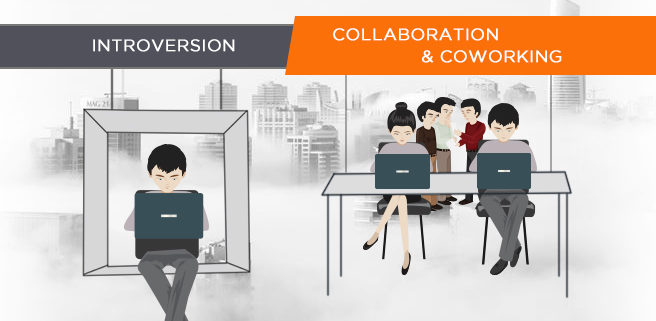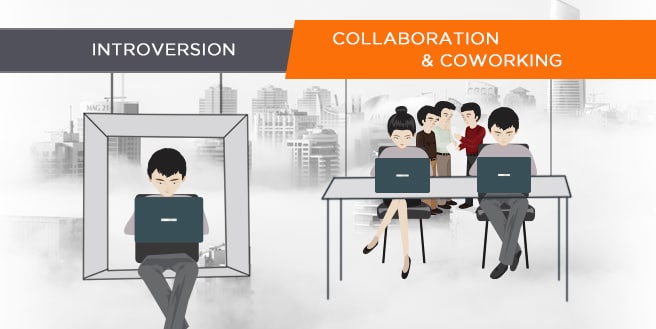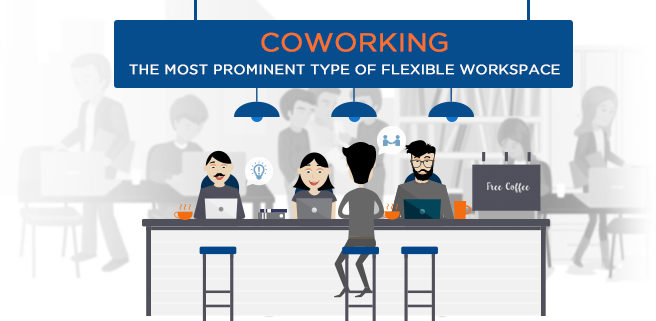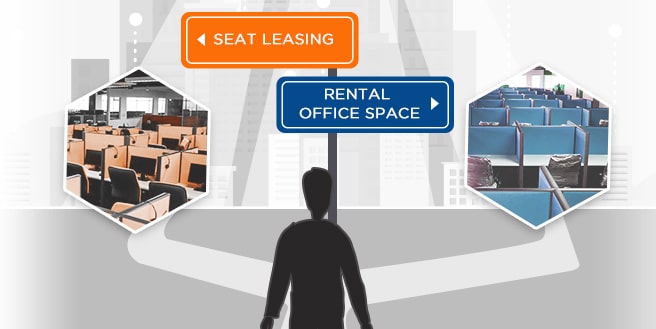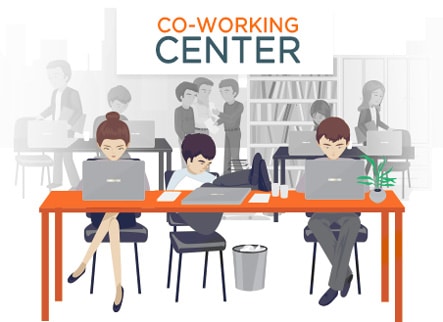The Advent of Coworking Spaces: A Brand New Strategy

Over the last three years, the world witnessed the ever-present growth of co-working spaces. Around the globe, over 7,000 players are now in the said market. According to the Global Coworking Survey, by the end of 2017, nearly 1.2 million people worldwide will have worked in this type of workspace. Moreover, co-working spaces are planning more expansions.
There’s no denying that things are strongly looking up for co-working spaces, but what inspired this sudden boom of demand for this new kind of flexible workspace.
The Start of a Revolution
The first official coworking space opened in San Francisco only six years ago yet contrary to popular belief, it was first conceptualized long before. The idea first came to life during the year 1995 in Berlin when an association of engineers widely known as C-Base, created what they called a ‘hackerspace’ – a place wherein hackers can meet and work with one another. Four years later, it reached the shores of New York City.

In the same year, American game designer Bernard De Koven coined the term ‘co-working’ to explain the phenomenon of professionals working together as equals. De Koven was astonished to realize by how revolutionary the idea had become. This is due to the fact that most people don’t work together, specifically those coming from the business industry.
A Brand New Strategy
‘What makes coworking so special? What made experts say that it’s the key to success for startups?’
There’s no definite reason for the success coworking brings to startups. Instead, a mixture of different factors that contribute to its benefits. There’s meaning, control and community to name a few.
Numerous members of co-working members have said that they find more ‘meaning’ to their work in this kind of setting. Coming from different companies, projects and backgrounds, competition is kept at a minimum. Moreover, to some people, helping others equates ‘meaning’. The set of community and variety of skill sets help in creating a working environment where collaboration is preferred rather than competition.
Another factor is control, it allows employees to gain greater flexibility in their work hours. They have more freedom on whether they’ll be putting on a long day or take a break in the middle of the day to spend some ‘me’ time.
The Numbers
According to the final results of the 2017 Global Coworking Survey entitled The Profitability of Coworking Spaces, 40% of all coworking spaces are profitable. In the past four years, the percentage has risen from the figure of 32% since the year 2013. On the other hand, the number of co-working spaces that lost money dropped from 36% to 26%. Moreover, the final results discussed that age, membership figures and location of the infrastructure affects the profit they make.
And with Millennials starting to dominate the current workforce – the tech-savy and independent generation – the demand continues to grow. An estimated 48% of the Asian workforce is being dominated by them – from ages 15 to 34. The U.S. Bureau of Labor Statistics also predicts that by the end of 2030, the said demographic will make up 75% of the workforce.
Future predictions show great developments for the market of “Coworking Spaces” and as more and more enterprises turn away from the traditional workplaces, are you ready to make the switch? We’ll be more than willing to talk more about the success of coworking spaces.








 Seat Leasing is a versatile business solution that offers you the essentials needed in starting up a business or a brand new site from seats, workstations, high end PCs, conference rooms, internet connection and even IT support and maintenance. Not only will you be saving by acquiring the exact number of seats that you need, it will also save you from the headache causing legal papers. Moreover, with the funding that you have saved, you can focus on other costs needed for efficient business operations.
Seat Leasing is a versatile business solution that offers you the essentials needed in starting up a business or a brand new site from seats, workstations, high end PCs, conference rooms, internet connection and even IT support and maintenance. Not only will you be saving by acquiring the exact number of seats that you need, it will also save you from the headache causing legal papers. Moreover, with the funding that you have saved, you can focus on other costs needed for efficient business operations.






